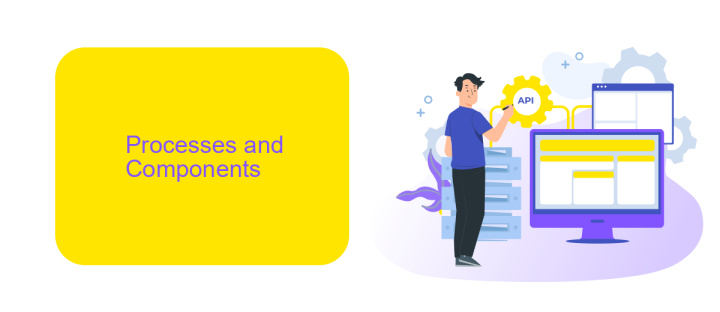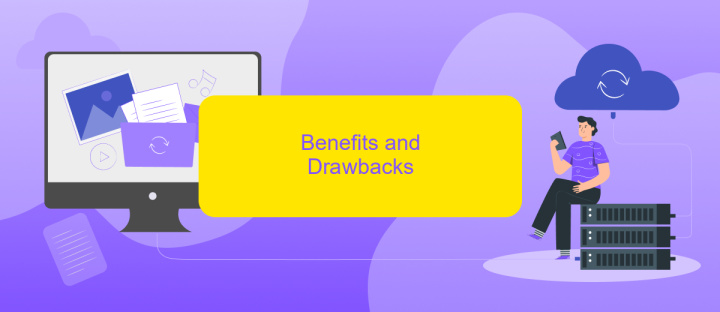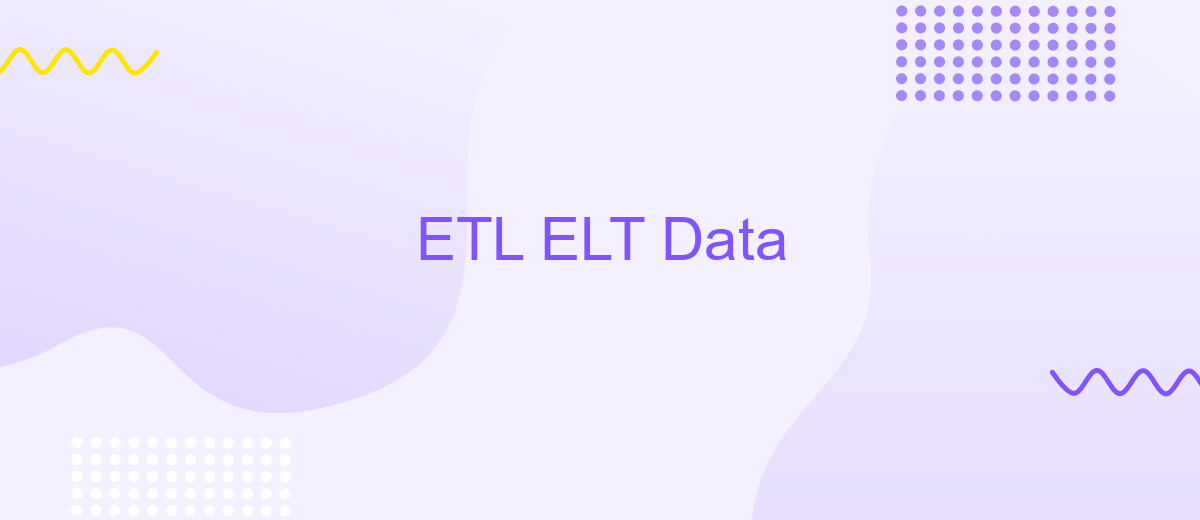ETL ELT Data
In the realm of data management, ETL (Extract, Transform, Load) and ELT (Extract, Load, Transform) are pivotal processes for handling and optimizing data workflows. These methodologies enable organizations to efficiently process large volumes of data, ensuring it is clean, structured, and ready for analysis. Understanding the nuances between ETL and ELT is crucial for maximizing data utility and achieving strategic business goals.
ETL vs ELT: An Overview
ETL (Extract, Transform, Load) and ELT (Extract, Load, Transform) are two different approaches to data processing and integration. While both aim to move data from source systems to data warehouses or data lakes, they differ in the sequence of operations and the tools they use.
- ETL: Data is first extracted from source systems, then transformed into a suitable format, and finally loaded into the target system.
- ELT: Data is extracted and loaded into the target system first, and then transformed within the target system itself.
Choosing between ETL and ELT depends on various factors such as data volume, processing power, and specific business requirements. Services like ApiX-Drive can simplify the integration process by automating data transfer and transformation, making it easier to manage and analyze data efficiently. Whether you opt for ETL or ELT, leveraging such tools can significantly enhance your data workflow.
Processes and Components

ETL (Extract, Transform, Load) and ELT (Extract, Load, Transform) are two primary processes used in data integration. ETL involves extracting data from various sources, transforming it into a suitable format, and then loading it into a target database or data warehouse. On the other hand, ELT first loads the raw data into the target system and then performs the necessary transformations within the target environment. Both processes are crucial for ensuring data consistency, accuracy, and usability, allowing organizations to make informed decisions based on reliable data.
Key components of ETL/ELT processes include data extraction tools, transformation engines, and loading mechanisms. Data extraction tools connect to different data sources, such as databases, APIs, and flat files, to retrieve the necessary data. Transformation engines apply various operations like filtering, aggregating, and enriching the data. Loading mechanisms ensure the transformed data is accurately stored in the target system. Services like ApiX-Drive facilitate these integrations by providing a user-friendly platform to automate data workflows, reducing manual efforts and minimizing errors, thus enhancing overall efficiency and reliability in data integration tasks.
Benefits and Drawbacks

ETL (Extract, Transform, Load) and ELT (Extract, Load, Transform) are essential techniques in data integration and processing. Both methods offer distinct advantages and disadvantages that can influence their suitability for different scenarios.
- ETL Benefits: Allows for complex data transformations before loading into the target system, ensuring data quality and consistency. Suitable for traditional data warehousing.
- ETL Drawbacks: Can be time-consuming and resource-intensive, as transformations occur before loading, potentially causing delays.
- ELT Benefits: Faster data loading as raw data is loaded directly into the target system, allowing for real-time analytics. Efficient for handling large volumes of data.
- ELT Drawbacks: Requires robust target systems capable of handling transformations, which can be costly. May lead to performance issues if the target system is not optimized.
Tools like ApiX-Drive can simplify the integration process by automating data extraction and loading, making it easier to implement both ETL and ELT workflows. This can significantly reduce the time and effort required, allowing businesses to focus on data analysis and decision-making.
Best Practices and Considerations

When implementing ETL (Extract, Transform, Load) and ELT (Extract, Load, Transform) processes, it's crucial to follow best practices to ensure data integrity and efficiency. Begin by carefully planning your data workflow, considering the specific needs and constraints of your organization. This includes selecting the right tools and technologies that align with your data volume and complexity.
Data quality should be a top priority. Implement robust validation and cleansing steps to ensure that the data being processed is accurate and reliable. Automate these processes as much as possible to reduce the risk of human error and increase consistency.
- Monitor and log all ETL/ELT operations to quickly identify and resolve issues.
- Ensure scalability by designing your processes to handle growing data volumes.
- Maintain data security by implementing encryption and access controls.
- Utilize services like ApiX-Drive for seamless integration and automation of data workflows.
Regularly review and update your ETL/ELT processes to adapt to new requirements and technological advancements. By following these best practices, you can create a reliable and efficient data pipeline that supports your business objectives.
Case Studies and Industry Examples
One notable case study involves a retail company that leveraged ETL processes to streamline its inventory management. By extracting data from various sources such as sales systems, supplier databases, and customer feedback platforms, the company was able to transform and load this data into a centralized data warehouse. This integration enabled real-time analytics, providing insights into stock levels, demand forecasting, and customer preferences. As a result, the retailer significantly reduced overstock and stockout situations, leading to improved customer satisfaction and increased profitability.
In another example, a financial institution utilized ELT processes to enhance its fraud detection capabilities. By loading raw transactional data directly into a data lake, the institution could apply sophisticated machine learning algorithms to detect anomalies and potential fraud in near real-time. With the help of integration services like ApiX-Drive, the financial institution seamlessly connected various data sources, including banking systems, social media feeds, and third-party risk assessment tools. This holistic approach not only improved the accuracy of fraud detection but also reduced the response time, safeguarding both the institution and its clients.
FAQ
What is ETL and how does it differ from ELT?
When should I use ETL over ELT?
What are the common challenges in ETL processes?
How can I automate ETL processes?
What should I consider when selecting an ETL tool?
Apix-Drive is a universal tool that will quickly streamline any workflow, freeing you from routine and possible financial losses. Try ApiX-Drive in action and see how useful it is for you personally. In the meantime, when you are setting up connections between systems, think about where you are investing your free time, because now you will have much more of it.

